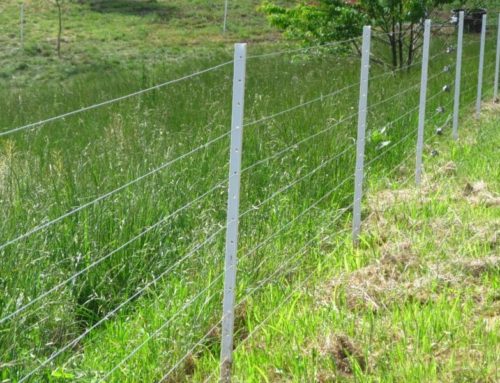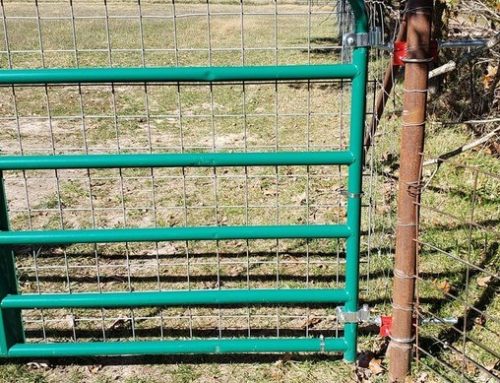1. Corner posts are undersized, or not deep enough
This ranks as the top mistake in fencing, be it barbed,high-tensile wire or woven wire. The main issues are undersized posts and corner posts not set deeply enough, particularly in sandy or soft soils. Gerrish, who has clients in 43 states, says, “the depth in the ground should be equal to, or greater than, the height of the top wire.”
Post diameter depends on the strength of the fence. Gerrish says the lightest-duty fence, such as a 1- or 2-wire, high-tensile pasture subdivision fence, only requires a 4- to 5-inch-diameter post. A 5-strand barbed wire fence, or 5- or 6-strand high-tensile wire fence, requires a 6- to 7-inch-diameterpost. For net wire fences, Gerrish recommends an 8-inch-diameter post.
How to fix it: Keeping corner posts in the ground is Derynck’s chief concern. He says a 10-foot brace is the ultimate, and he favors a “floating diagonal” bracing system, in which the angle brace is a 4-inch by 10-foot post notched a half-inch into the main corner post. The other end is set on top of the ground opposite the corner post.
And he cautions against using drill stem – the metal pipe byproduct of oil wells – for corner bracing an electric fence. Unlike wood, it can conduct electricity and lessen the efficiency of the fence.




